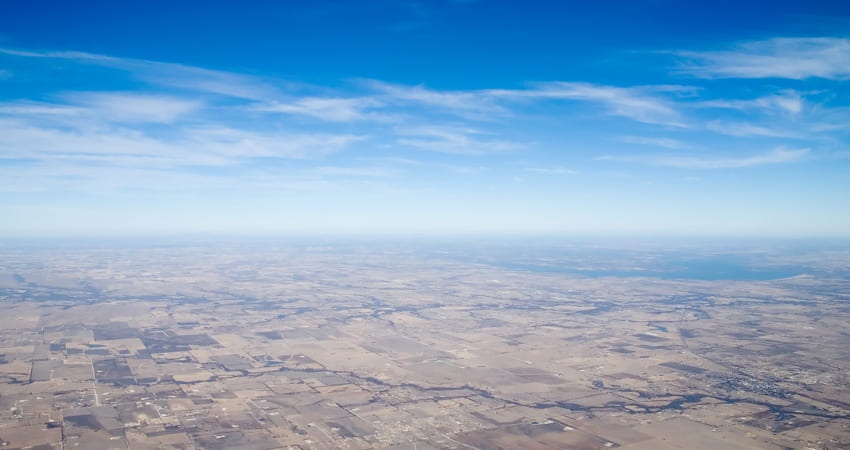
Managing Big Data with GIS
By Madeline Friedman
According to Science magazine, the world’s capacity to store data has doubled every 40 months since the 1980s. As this capacity grows, the amount of information we have access to has also grown exponentially.
The availability of “big data,” allows us to capture and contextualize information, and then draw conclusions in ways that were never available in the past. We now have the tools to combine and analyze large, disparate data sets in order to make the data more useful. One very effective and popular way to do this is through Geographic Information Systems (GIS).
Many NYU students and faculty currently use GIS technology in their research and coursework. Cultural history classes analyze the migration patterns of New York’s immigrant groups, marine biology classes record soil and water samples to see their effect on local ecology, and classes in public health compare the epidemiology of infectious diseases in different areas; the possible applications of GIS are vast and diverse.
With GIS software, researchers can capture, analyze, and present many types of geographically-referenced data sets. The software has many degrees of interaction depending on how data architects use it. Users can integrate various data sets into one system, overlay map layers, analyze and model spatial data, and visualize the results in maps, reports, and charts.
Help for Faculty Who Want to Use GIS
The Global Learning and Innovation (GLI) team within NYU Information Technology explores different uses for GIS software, and helps faculty implement GIS-based lessons. “What we are trying to do is show that you don’t have to be an environmental scientist or from a certain discipline to use GIS in your classroom,” NYU Instructional Technologist and Geospatial Specialist Holly Orr explained. “It’s pretty ubiquitous today and students expect to engage with these sorts of maps.”
The services provided by GLI, often in conjunction with NYU Data Services, support teaching, learning, and research across the University with GIS.
Data Services works with faculty, staff, and students to provide services that include:
- Tutorials and training resources for using GIS software
- Individual and group consultation sessions for conducting spatial analysis
- Assistance locating and accessing spatial data
- Access to Spatial Data Resources containing information on everything from New York City shorelines, to historical U.S. Census files, to current world maps
Data Services’ Senior Academic Technology Specialist Himanshu Mistry said his department has worked with several schools on a variety of courses. They include Digital Humanities for GSAS, Food Studies and Education for Steinhardt, Conflict Mapping at SPS, and Hip-Hop Study at Gallatin.
“GIS is useful for all disciplines as it allows researchers to view, understand, query, analyze and interpret the data from a different angle,” Mistry said. “This new perspective often allows researchers to decipher new relationships, patterns or trends, and in fully understanding the data-driven research and it’s methodology.”
To see some examples of the GIS projects and services currently in place across the University, and to learn more about working with the GLI and Data Services, drop by the GIS Day@NYU event, taking place on Wednesday, November 19 from noon to 5pm in Bobst Library’s Research Commons (5th Floor).